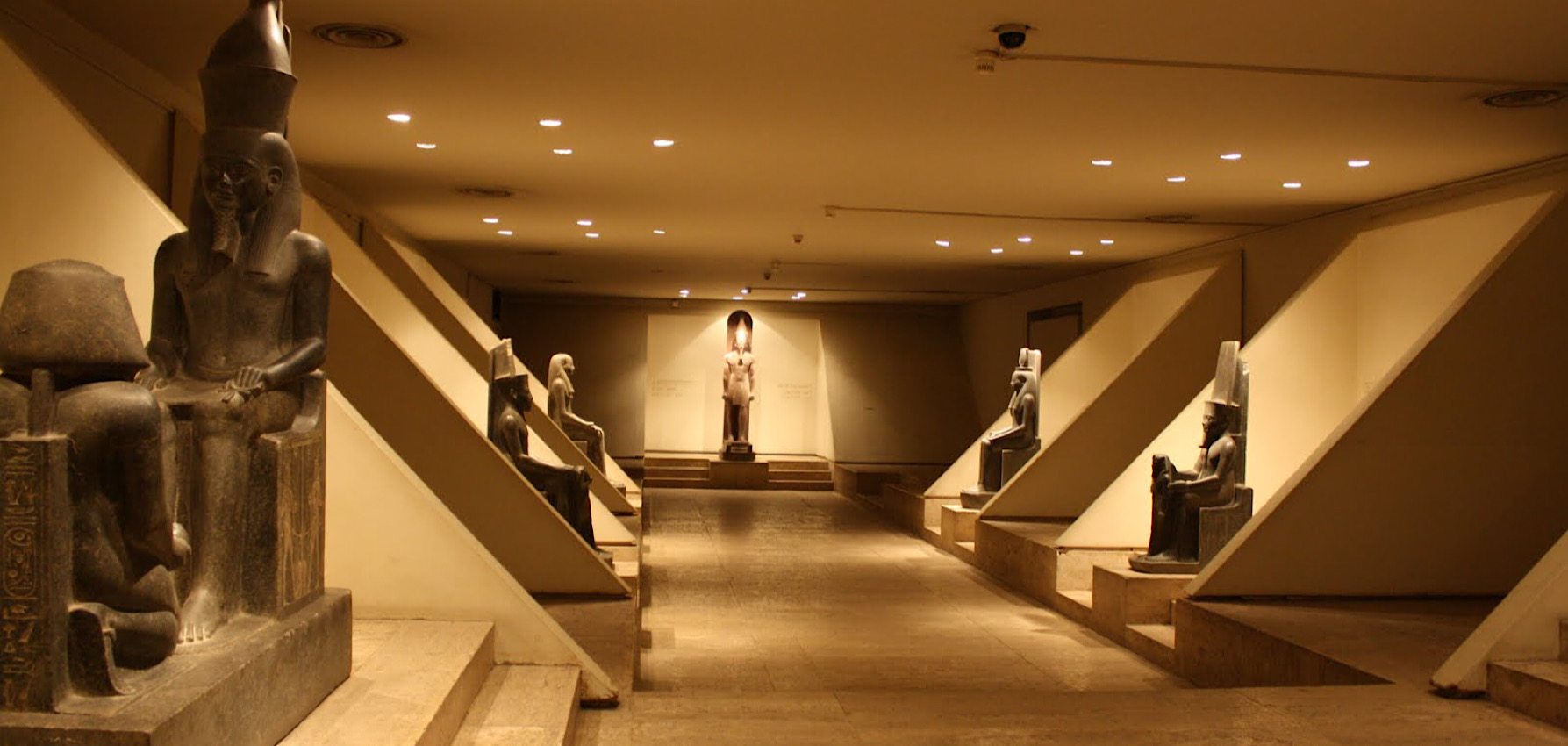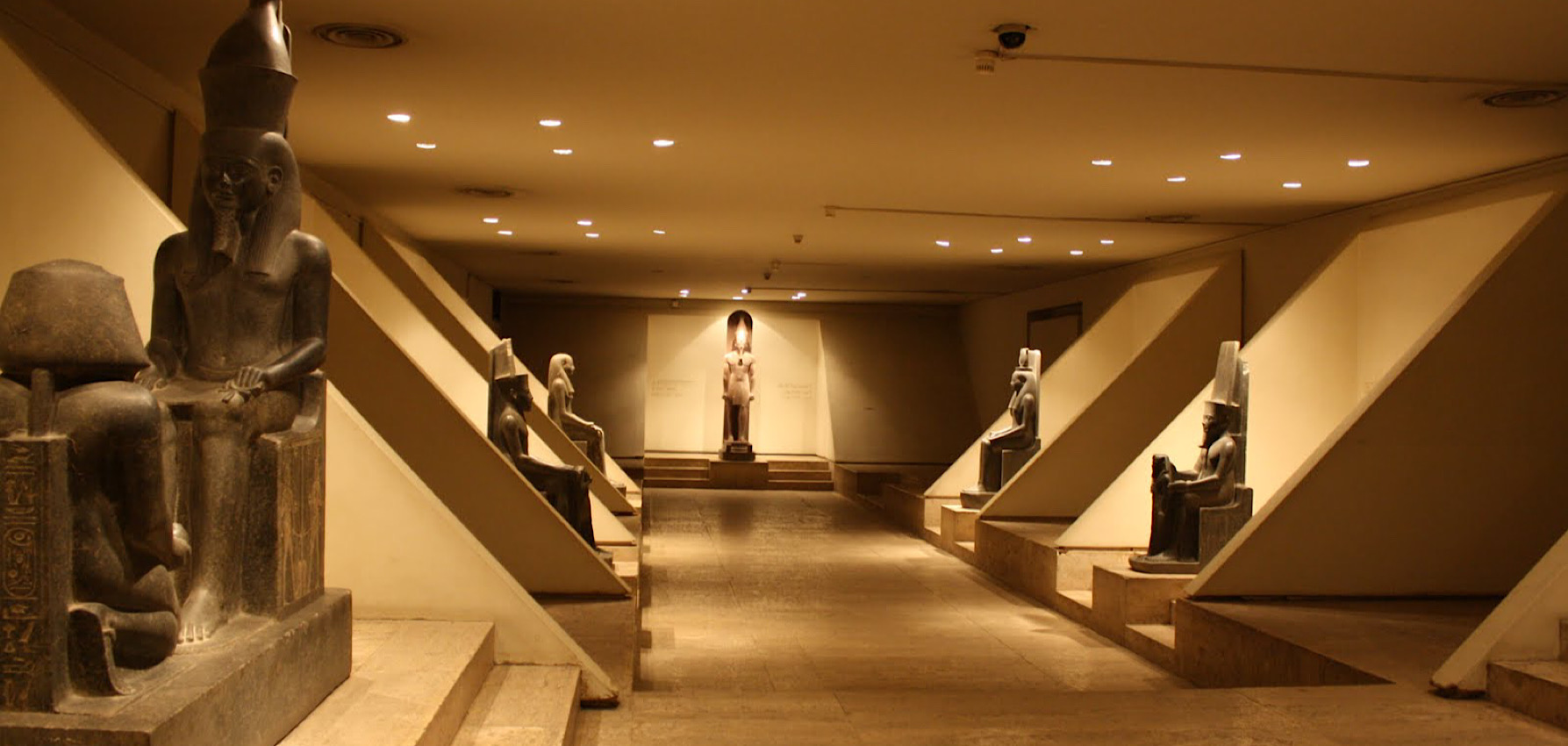Cultural, historical, adventure, and custom customized trips are just a few of the tours that Deluxe trips offer in Egypt and Jordan.

The Luxor Mummification Museum is a small thematic museum that invites the visitor in to find out one of the most mysterious and sainted of ancient Egyptian rituals—mummification. It will be a also an significan experience if you visited in an Egypt Total Solar Eclipse 2027. This fascinating museum takes a close-up look at the rich embalming ritual, the religious mythology surrounding it, and the cultural significance of leaving the dead behind for eternity. Whether you’re an archaeology enthusiast, a history lover, or simply curious about ancient Egypt, the Mummification Museum is a must-see stop on your Luxor itinerary.

The museum offers an extensive display of mummification from start to finish. On display is an assortment of authentic instruments used by ancient embalmers, such as specialized knives, hooks, natron salts, and resins—substances required for preserving the body intact. Canopic jars are also on display, as they were meant to preserve internal organs that were poured out during the process of embalming, reflecting the Egyptians' sheer concern about the afterlife.
There is also an opportunity to view a collection of mummies in good condition, not only humans—from priests to peasants—but also divine animals like cats, crocodiles, and fish. Mummy animals are evidence of how much the Egyptians cherished nature and of how the animals were thought to be divine messengers or protectors.
Aside from the mummies, there is a complex assemblage of burial goods such as thin amulets, burial masks, ornamented coffins, and ritual objects in the museum. All the objects were created to protect the dead for the afterlife journey from evil and speak volumes about the skill and religious enthusiasm of ancient Egyptian artists.
Mummification Museum is built to educate and entertain. Interactive display and commentary lead the visitor through step by step every stage of the embalming ritual, religious significance of the rituals, and post-death immortality myth. The display questions why ancient Egyptians believed the survival of the soul was connected with mummifying the body and preservation rituals.
The museum places mummification in the wider context of Egyptian religiosity. The displays speak of the activities of gods like Anubis, god of the embalmers, and Osiris, god of the dead, and funeral rituals that made it possible to send into the afterlife. This helps the tourists realize how mummification was a branch off the world and belief of the Egyptians in life beyond death.
Right on Luxor's charming Corniche, close to legendary Luxor Temple and water's edge of the Nile, the museum is within easy taxi, walking, or guided walking tour distance. It is centrally located in town, so it can be a wonderful addition to any daytime excursion to Luxor's legendary archaeological sites.
The museum receives its visitors from 9:00 AM to 1:00 PM and from 4:00 PM to 9:00 PM daily. The tickets can be purchased at the entrance, and there is a discounted price for children, groups, and students. To evade the masses, go late in the afternoon.
To truly bring the exhibits to life, a guided tour is strongly recommended. Fantastic Tours offer expert-guided tours that bring living history, vivid storytelling, and responding to your questions about the mummification process and ancient Egyptian funereal ritual to life. Tours are tailored to your specification and can be undertaken in a great variety of languages.
The Mummification Museum is a glimpse into one of the most revered traditions of ancient Egyptian society. It is at once an enriched educational experience and an intimate examination of the beliefs that underpinned one of the globe's oldest societies. For those interested in increasing their knowledge about Egypt's broader history or seeking a less populated, yet interesting attraction, the Luxor Mummification Museum is a not-to-be-missed experience. Make sure to include it on your travel list—you’ll leave with a newfound respect for the artistry, science, and spirituality of ancient Egypt’s approach to death and immortality.
Discover now our answers to the most common questions that may come to your mind about tourism and trips to Egypt
Cultural, historical, adventure, and custom customized trips are just a few of the tours that Deluxe trips offer in Egypt and Jordan.
The Dead Sea, Petra in Jordan, the Pyramids of Giza, Luxor's historic temples, and many other famous sites can be expected to be explored with Deluxe Tours.
offer a hassle-free holiday, Deluxe Tours' packages generally include lodging, transport, meals, guided tours with experienced local experts, and entry fees to attractions.
Spring (March to May) and fall (September to November) offer the finest weather for sightseeing and outdoor activities, making those months the best times to visit Egypt and Jordan.
These two countries are close by, only a 1.5-hour flight apart, and when combined, offer a variety of distinctive experiences. We advise you to spend at least 12 days visiting both countries for a truly unforgettable experience
Combining the eclipse viewing with visits to historic sites like the Pyramids of Giza, the Valley of the Kings, and a Nile River cruise are highly recommended.
